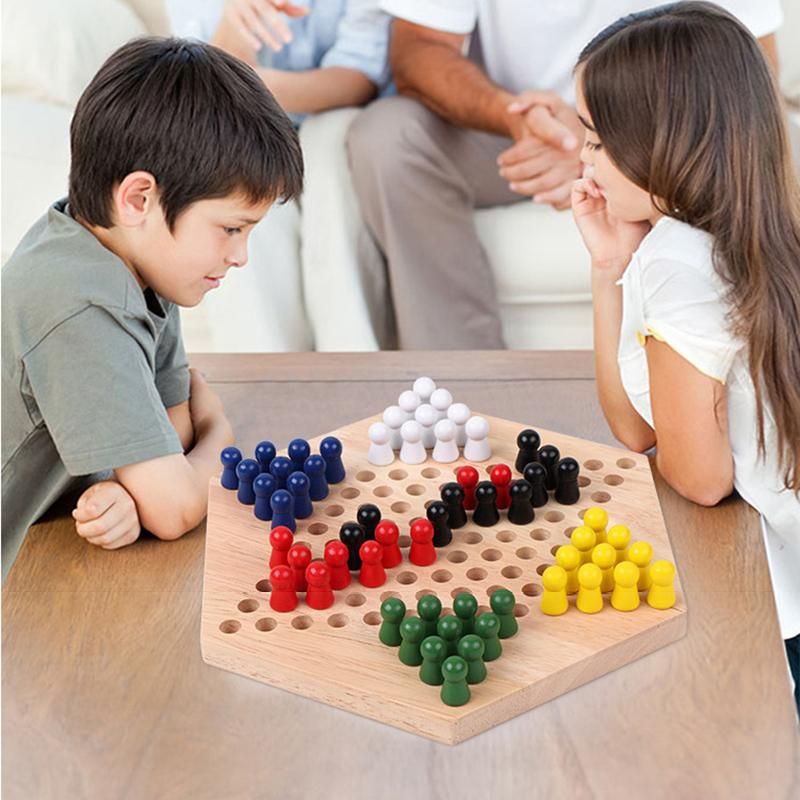

Halma for iPad is not a Computer Game in common sense. End of Game recognition - bringing the last piece home is reflected by a tiny animation.remember the game status when the application is suspended and restarted later.End of Move recognition - automatic deselection of a piece if no further move is possible.Note: This validation will not apply after one player has endet the game and End of Game recognition is on. Other jump games with jumping pieces are fox and geese, china chess. The play direction is determined with the first move of the second player in the game, i.e. The game is a development of the English game Hoppity, invented in England in the 1850s. Thus the other players are able to count how many moves are missing.įor games with three players there is an option for validating the play direction (clockwise or anticlockwise), which can be chosen by an agreement between the players before the game starts.


100 Women Britannica celebrates the centennial of the Nineteenth Amendment, highlighting suffragists and history-making politicians.

#Board games halma how to#
COVID-19 Portal While this global health crisis continues to evolve, it can be useful to look to past pandemics to better understand how to respond today.Student Portal Britannica is the ultimate student resource for key school subjects like history, government, literature, and more.From tech to household and wellness products. Halma (from the Greek word meaning 'jump') is a board game invented in 1883 or 1884 by an American plastic surgeon at Harvard Medical School, George Howard Monks. Britannica Explains In these videos, Britannica explains a variety of topics and answers frequently asked questions.This Time in History In these videos, find out what happened this month (or any month!) in history.#WTFact Videos In #WTFact Britannica shares some of the most bizarre facts we can find.Demystified Videos In Demystified, Britannica has all the answers to your burning questions.Britannica Classics Check out these retro videos from Encyclopedia Britannica’s archives.


 0 kommentar(er)
0 kommentar(er)
